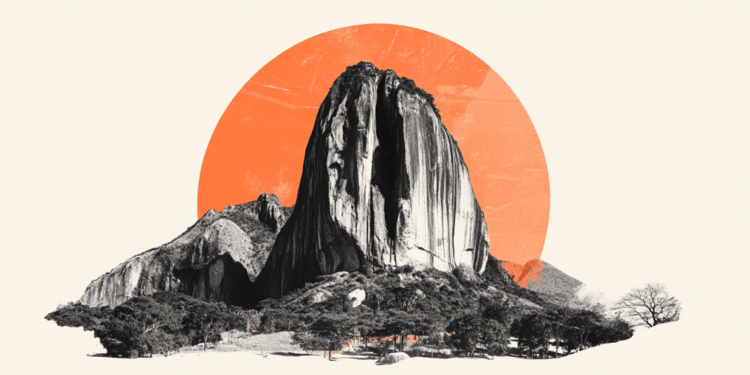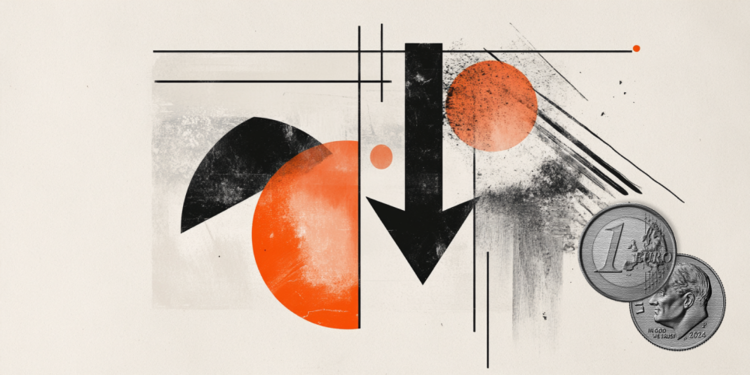The last supermoon of the year can be seen this Thursday (11), depending on the weather conditions in each region of Brazil. Call of Sturgeon supermoon the phenomenon will light up the sky for three nights, according to NASA.
In total, 2022 had three supermoons; in addition to this one in August, the phenomenon occurred in June and July, called Strawberry Moon and Deer Moon, respectively.
According to NASA, the Moon will appear full for about three days, and the planet Saturn will appear with its intensified glow.
“The planet Saturn, at nearly its brightest point of the year, will appear above the Moon on Thursday night to Friday morning, August 11-12, 2022, shifting from the top left to the top left. right as the night progresses,” NASA described.
supermoon
The term “supermoon” was used by astrologer Richard Nolle in 1979 to designate a new or full moon that occurs when the star is 90% of perigee, its closest approach to Earth.
“Because perigee varies with each orbit, different publications use different standards to decide which full moons qualify. [como superluas]. The full moons in June and July were closer [da Terra],” NASA explained on its website.
To observe the phenomenon, you don’t need specific equipment, just look at the sky and hope there is no interference from clouds. Experts recommend looking at the sky right after the moon rises, in the early evening.
Sturgeon
The United States’ Farmer’s Almanac began publishing Native American names for full moons in the 1930s, and those names became widely known and used, NASA said.
According to this almanac, Algonquian tribes in the northeastern United States named August’s full moon the Sturgeon Moon, after the large fish that were most easily caught at this time of year in the Great Lakes.
There are four full moons that will still occur in 2022. Check out the nicknames given to them by the North American people, according to the Farmer’s Almanac:
- September 10: Harvest Moon
- October 9: Hunter’s Moon
- November 8: Beaver Moon
- December 7: Cold moon
Although these names were popularized to characterize monthly full moons, the meaning of each may vary among Native American tribes.
Source: CNN Brasil







